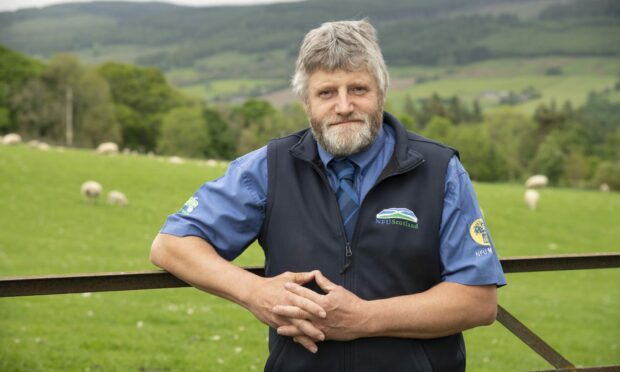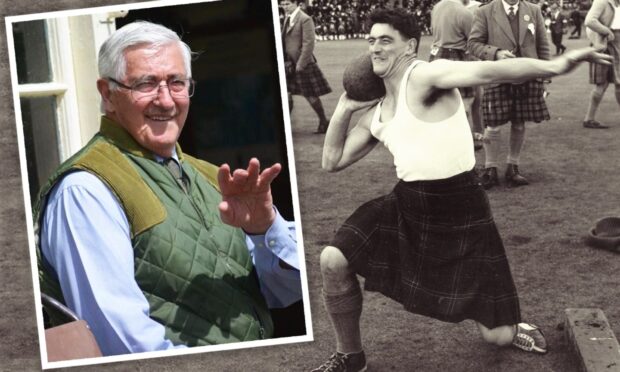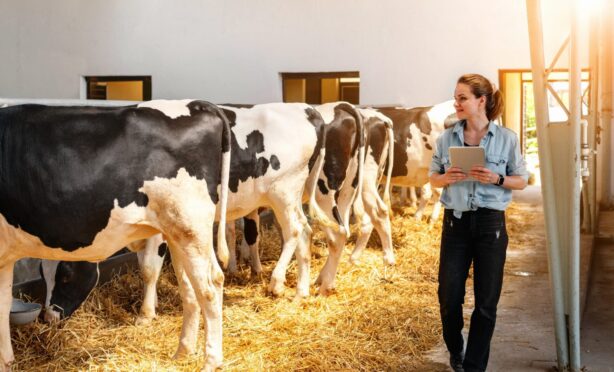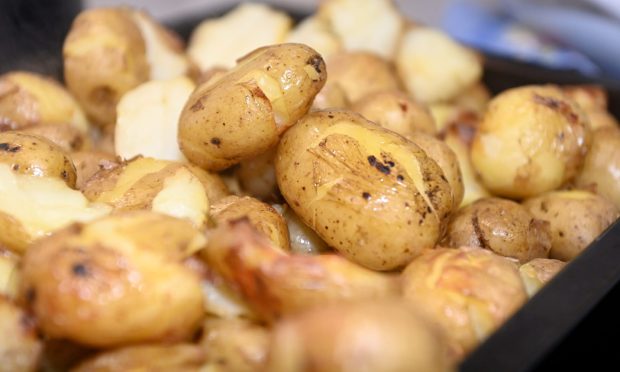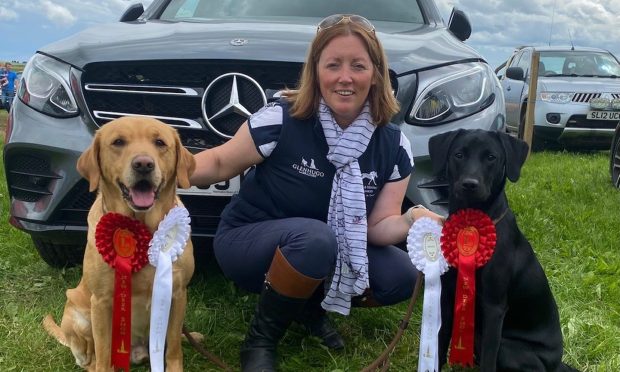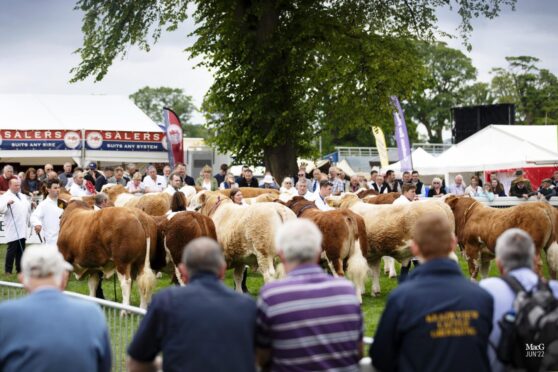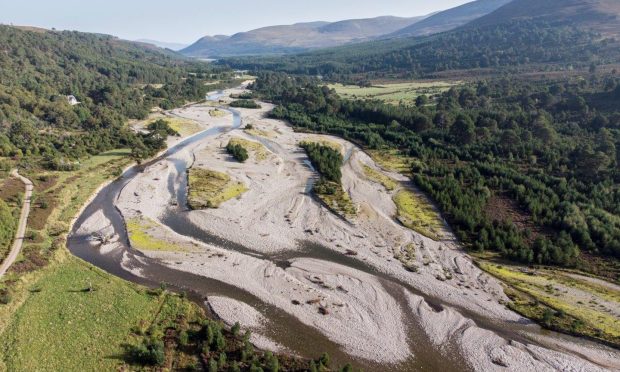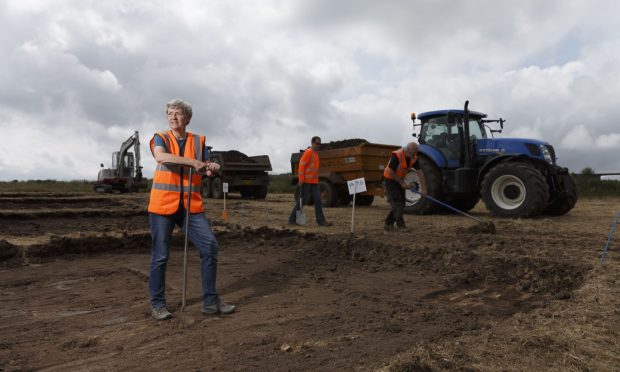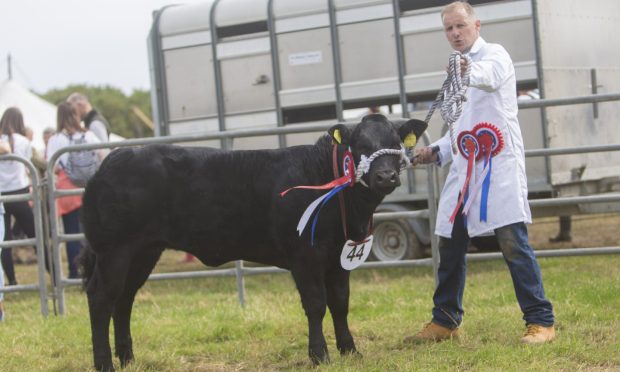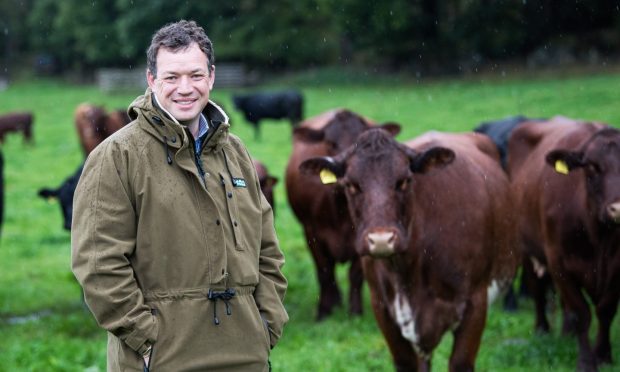NFU Scotland is calling unequivocally for 80% of the Scottish government’s future support package to continue to be dedicated as direct support to Tiers 1 and 2 under its proposed four-tier agricultural policy.
With £620 million of Scottish agricultural support coming from Westminster, the viability of Scottish agriculture and all it will deliver in the future is dependent on securing an overall support package available for spend within the new system.
However, a critical issue is how that funding is then allocated by Scottish government and its proposed support framework from 2025 onwards to provide conditional payments under 4 tiers: Base, Enhanced, Elective, and Complementary.
The direct support for Scotland’s farmers and crofters adds up to around £550 million per year when delivered primarily through the Basic Payment Scheme, Greening, Voluntary Coupled Support for beef calves and upland sheep and the Less Favoured Areas Support Scheme, but with no certainty beyond 2024.
Total spending figure
The total figure for the Scottish government’s Agriculture and Rural Economy (ARE) spending is equivalent to around £680 million, resulting in 80% being paid out as direct support.
The union has written to cabinet secretary for rural affairs, land reform and islands Mairi Gougeon MSP to prioritise precious public funding in the future by delivering it as direct support.
NFUS president Martin Kennedy said maintaining direct support funding to farming and crofting businesses across Scotland will protect £3 billion of expenditure in the wider rural economy and more than £3.5 billion of output.
“Quite simply, guaranteeing that existing direct support will be delivered as both conditional area-based and action-based payments, in Tiers 1 and 2 respectively, will ensure farmers and crofters tackle the triple challenge of food, climate and biodiversity head on and will see rural communities thrive,” he said.
Must retain at least 50% of direct support
The union believes that, to achieve the policy objectives relating to food production, climate and biodiversity, we must retain at least 50% of direct support as a base payment in Tier 1, with the levers of effective cross-compliance, as is the case now, doing the work that rules and regulations cannot.
The same principles then extend into the future Tier 2 enhanced measures where the remaining 50% of direct support must be exclusively targeted. This is where direct support will deliver more on climate and nature, building on the foundations of Tier 1 base direct support and incentivising farmers and crofters to do the right things in the right places to deliver the right outcomes.
Mr Kennedy added: “The successes we are all seeking as a nation around food security, climate and nature will require buy-in and commitment from all of Scotland’s farming and crofting businesses.
“Allocating at least 80% of Scotland’s total agricultural budget as direct support payments via Tiers 1 and 2 of the proposed agricultural support framework for Scotland will deliver this.”
